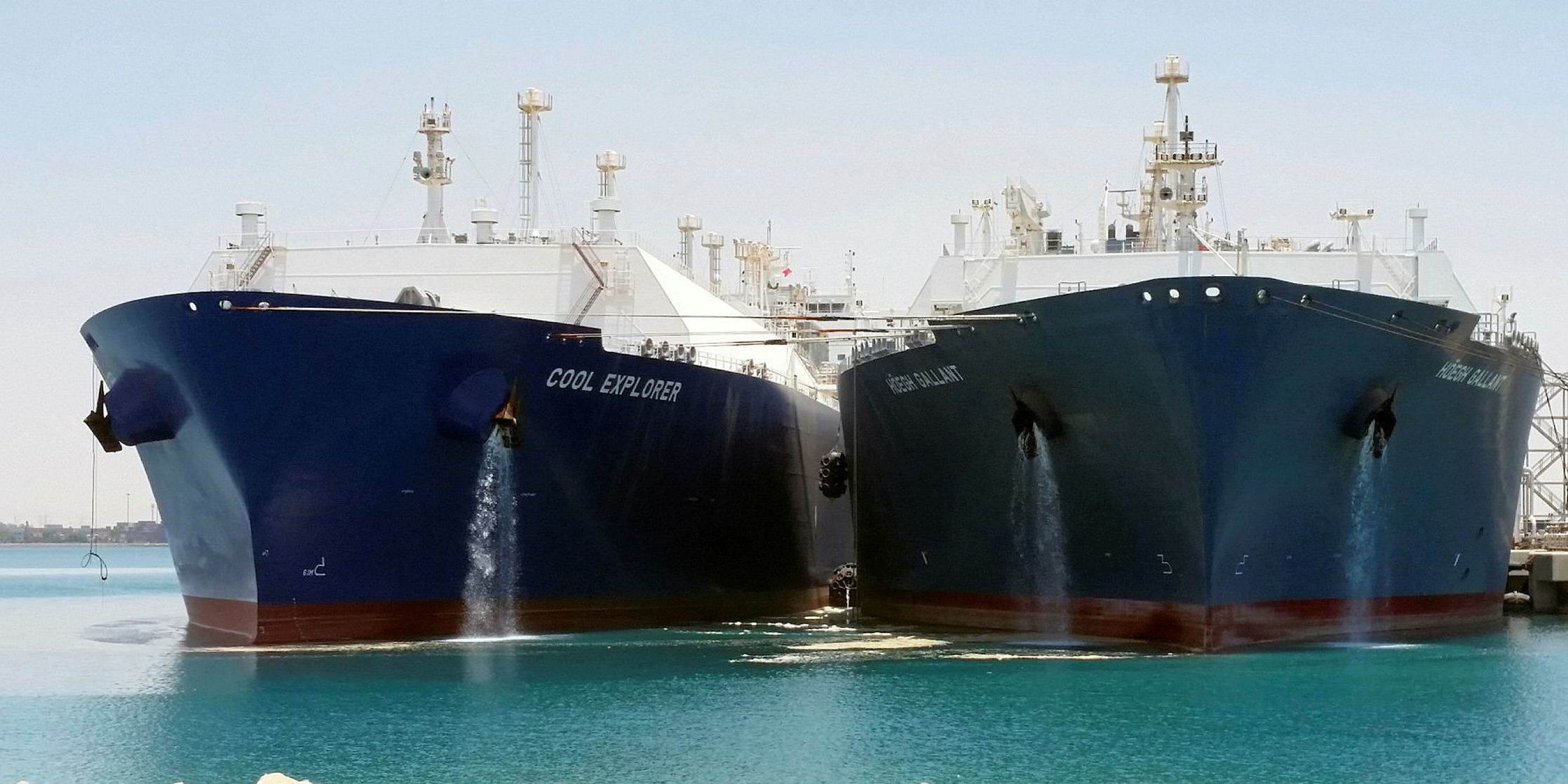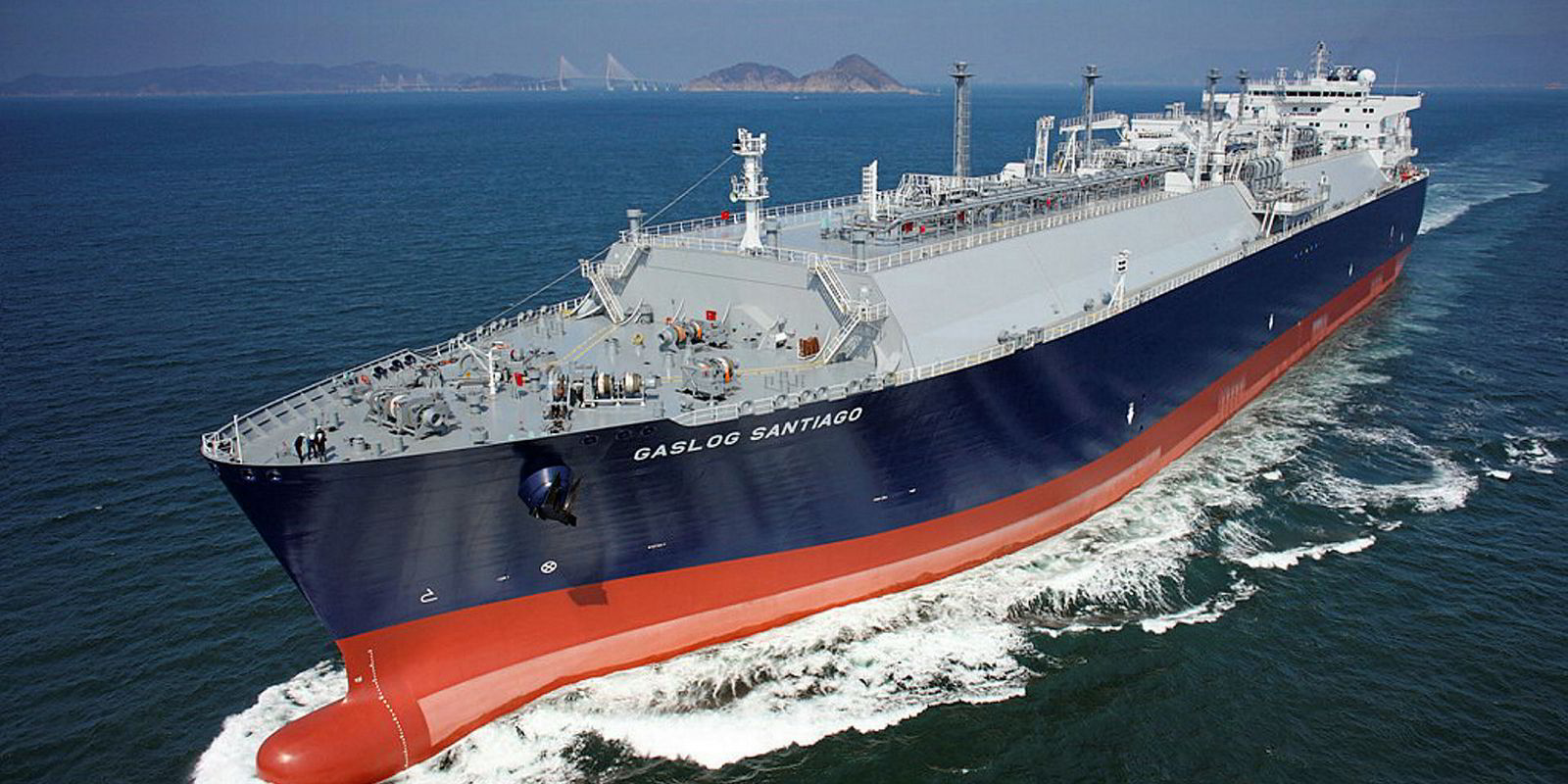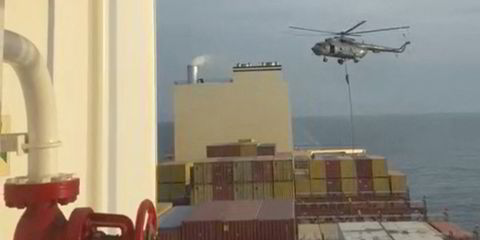Energy consultancy firm Wood Mackenzie warns of vessel oversupply in the liquefied natural gas (LNG) market.
Further, 37 vessels scheduled for delivery in 2019 will grow the LNG fleet another 7.6% as owners see higher rates, low newbuild prices and a rapidly growing LNG trade.
"Owners need to be careful they don’t over-order," Wood Mackenzie analyst Andrew Buckland said.
"If ordering activity continues at recent levels there is a high danger that it will be too much too soon."
So far this year, 36 new ships have been added to the LNG fleet and three have been scrapped, compared to 19 added last year and six in 2016. Another 22 are set for delivery by year's end.
Nonetheless, LNG supply is surging, partly due to booming demand in Asia while China has seen LNG imports rise 50% in the first half of 2018 and 46% in 2017.
LNG production is forecast to grow by 150 million tonnes per annum (tpa) by 2020 versus a 20 million tpa spike in the five years up to 2016, Buckland said.
LNG shipping benefits from this boom as the US Gulf, a major LNG source, is far from northeast Asia's large LNG markets.
"To move 1 million tpa of LNG from the US Gulf to Japan requires 1.9 ships, compared to 0.7 to move the same amount of LNG from an Australian project," Buckland said.
Still, the escalating US-China trade war has hurt the LNG sector, namely China's 10% tariff on US LNG imports in response to Trump's tariffs slapping on $200bn of Chinese goods.





